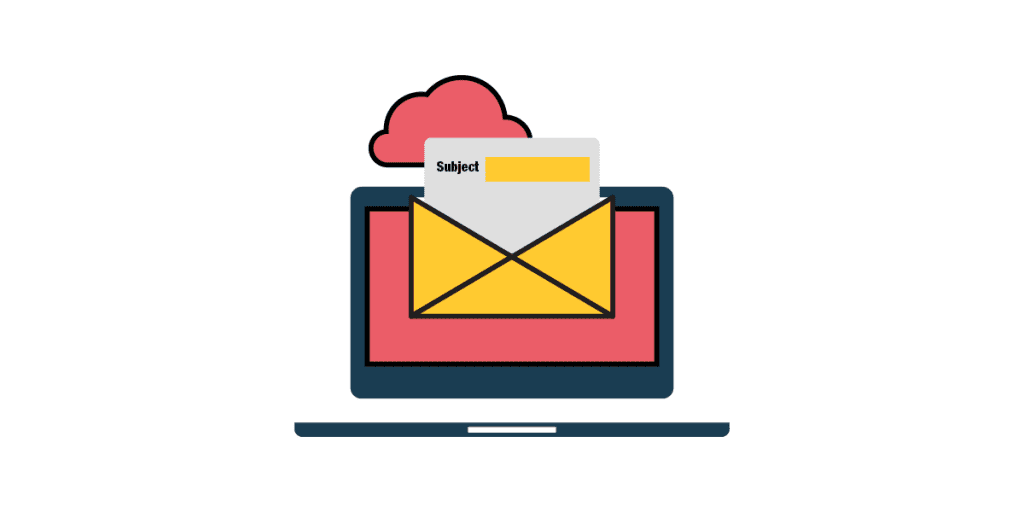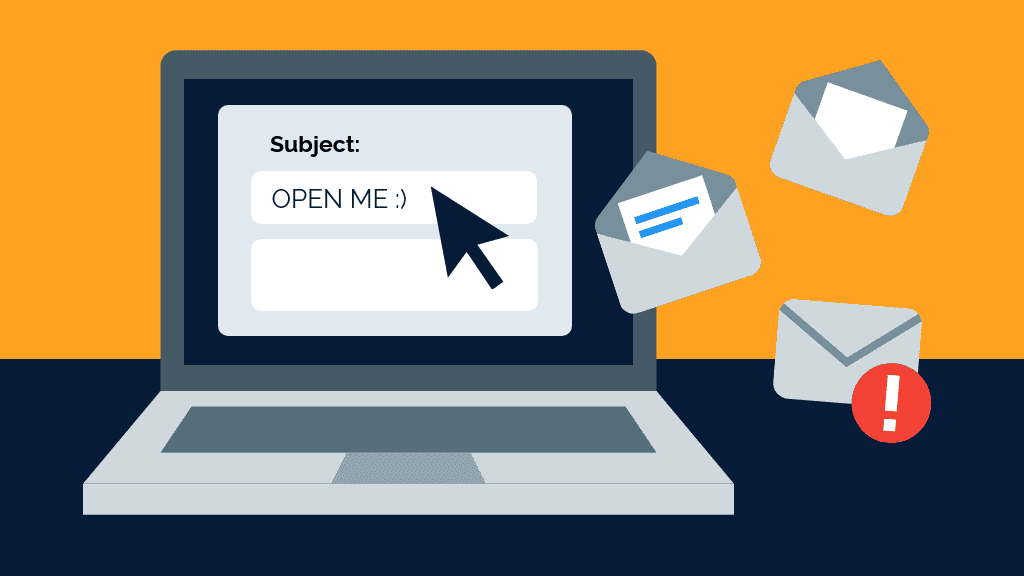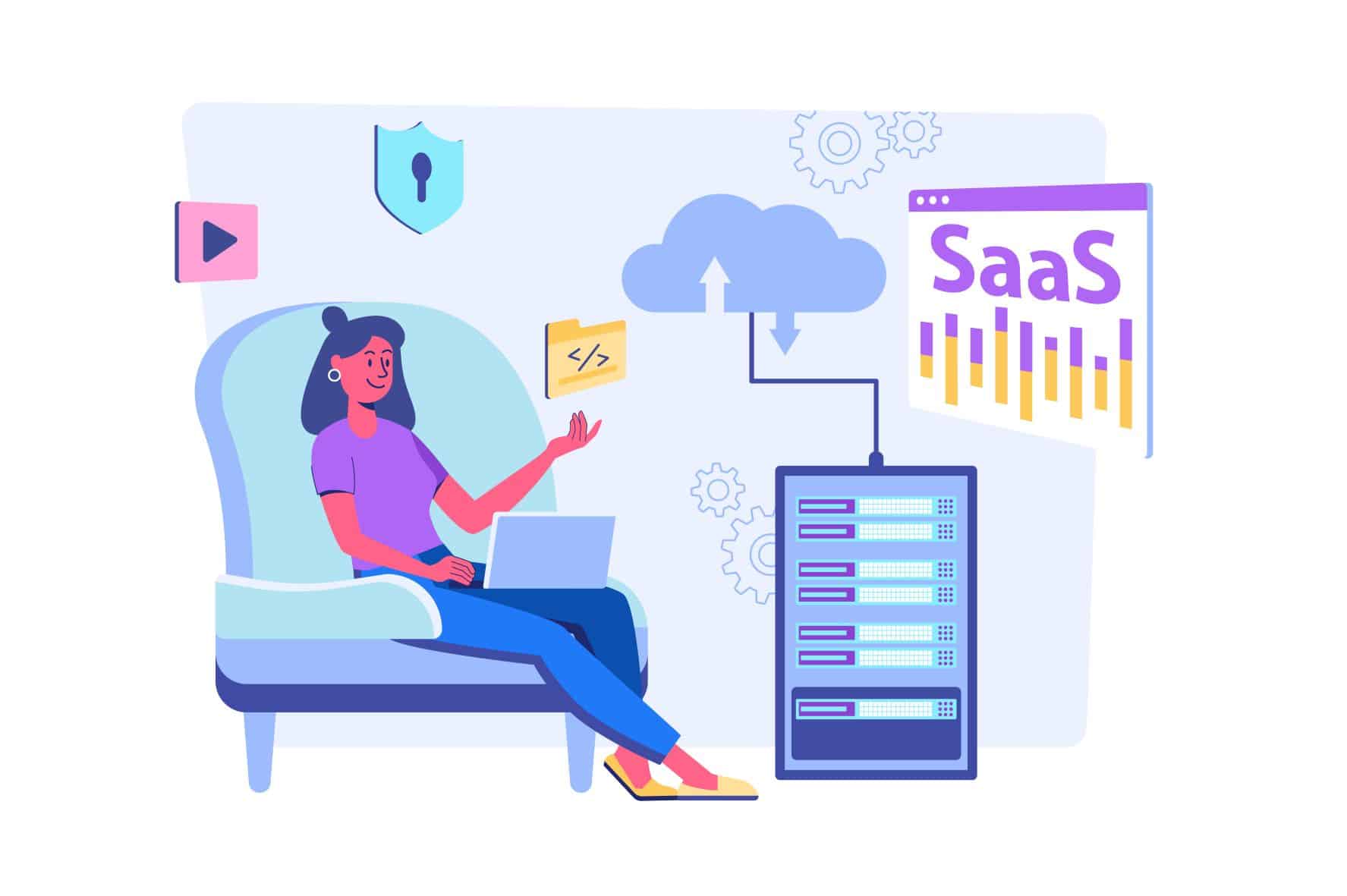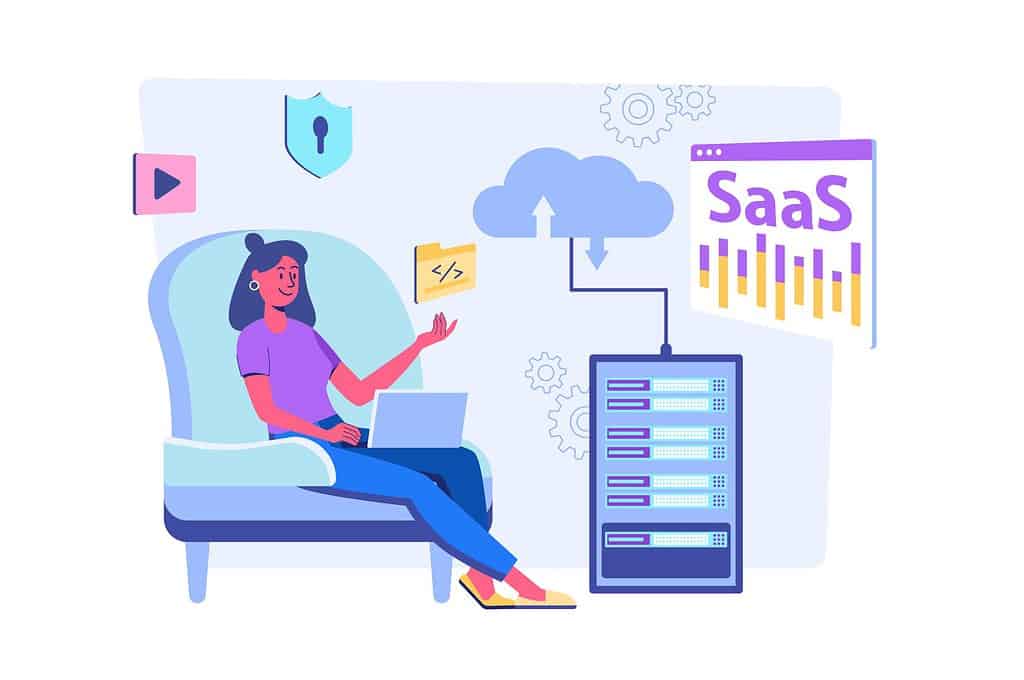Introduction: The Role of Personalization in Email Marketing
Email marketing is a powerful tool in the digital marketing landscape. One critical component that fuels the success of any email marketing campaign is personalization, specifically in email subject lines. Personalization goes beyond simply inserting a customer’s name into an email. It involves creating relevant, individualized content that resonates with the recipient, ultimately encouraging them to open the email and engage with the content.
Research indicates a direct correlation between personalization and email open rates. Emails with personalized subject lines are 26% more likely to be opened than those without. This fact underscores the significance of personalization in enhancing email open rates, driving customer engagement, and fostering robust relationships between brands and customers.
Definition of personalization in email marketing Importance of personalization in improving email open rates
The Basics of Personalization in Email Subject Lines
Personalization in email subject lines involves creating a unique, tailored message that speaks directly to the recipient. This is usually done by including specific information about the recipient, such as their name, in the subject line. However, effective personalization goes beyond merely using the recipient’s name. It involves understanding the recipient’s needs, interests, and behaviors and tailoring the subject line to resonate with them.
Personalized subject lines have been shown to significantly enhance recipient engagement. They add a human touch to emails, making recipients feel valued and acknowledged. As a result, recipients are more likely to open and engage with an email that feels personal and relevant to them.
What is personalization in email subject lines? Impact of personalized subject lines on recipient engagement
The Psychology Behind Personalization
There’s a science to why personalization works so well in email marketing. Personalization appeals to fundamental human psychological principles. When someone sees their name or a subject line that resonates with their personal interests, they instinctively pay more attention. Personalization triggers the recipient’s sense of self-interest and curiosity, which can lead to higher open rates.
In addition, personalization plays a key role in building relationships with customers. It shows that a brand understands and cares about the individual needs and interests of its customers. This fosters trust and loyalty, further boosting the effectiveness of email marketing campaigns.
The psychological principles that make personalization effective The role of personalization in building customer relationships
Ways to Personalize Email Subject Lines
There are various methods to personalize email subject lines. The most common one involves using the recipient’s name. However, this is just the tip of the iceberg. Other methods include referencing past purchases or interactions, mentioning the recipient’s location, or tailoring the subject line based on the recipient’s interests or behaviors.
For instance, an online clothing store might send an email with the subject line, “John, your favorite brand just launched a new collection!” This not only uses the recipient’s name but also refers to their favorite brand, making the email highly relevant and personalized.
Different methods of personalizing email subject lines Examples of personalized subject lines

Personalization Techniques Beyond Names
While using the recipient’s name is a popular personalization technique, there are numerous other ways to personalize subject lines that can be just as, if not more, effective. One method involves tailoring the subject line based on the recipient’s interests or recent behavior. For instance, if a recipient recently browsed winter coats on an online store, a subject line like, “Still thinking about that winter coat?” can be highly effective.
Another method involves referencing the recipient’s location. A subject line like, “Exclusive deals for our New York customers!” can make recipients feel like they’re part of a select group, thereby increasing the likelihood they’ll open the email.
Techniques for personalization beyond just using the recipient’s name How to incorporate personal interests, location, and behaviors into subject lines
Best Practices for Personalized Email Subject Lines
While personalization can significantly enhance email open rates, there are several best practices to keep in mind when crafting personalized email subject lines. One key tip is to keep it relevant and genuine. The personalization should make sense within the context of the email and not feel forced or artificial.
It’s also crucial to avoid common pitfalls, such as over-personalization. Too much personalization can come off as creepy or invasive, which can deter recipients from opening your emails. Lastly, testing different personalization strategies can help you find what works best for your audience.
Tips for crafting effective personalized email subject lines Common mistakes to avoid when personalizing subject lines
Measuring the Success of Personalized Email Subject Lines
Once you’ve implemented personalization in your email subject lines, it’s crucial to measure its effectiveness. Key metrics to track include open rates, click-through rates, and conversion rates. These metrics can help you determine whether your personalization efforts are leading to increased engagement and conversions.
It’s also important to continually optimize based on these measurements. For instance, if you find that a certain type of personalization leads to higher open rates, you might consider using that technique more often. On the other hand, if a particular personalization strategy isn’t working, it may be time to try something new.
Essential metrics for evaluating the effectiveness of personalized subject lines How to adapt and optimize based on these measurements
Conclusion: Harnessing the Power of Personalization
In conclusion, personalization is a powerful tool in email marketing, particularly when it comes to crafting email subject lines. By making your emails more relevant and tailored to each recipient, you can significantly improve your open rates, enhance customer engagement, and build stronger relationships with your customers.
However, personalization is not a one-size-fits-all approach. It requires understanding your audience, experimenting with different techniques, and continuously optimizing based on performance. By harnessing the power of personalization, you can take your email marketing strategy to the next level.
Recap of the importance and advantages of personalization in email subject lines Encouraging readers to experiment and innovate with their personalization strategies










